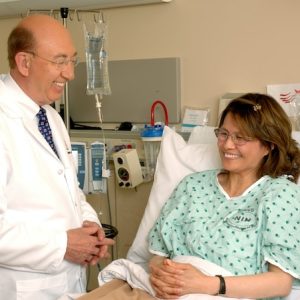Medical malpractice happens when a healthcare professional, such as a doctor or medical practitioner, acts negligently in their profession or harms or injures a patient in their care.
A medical professional must possess’own’nurse sensible’rational’sound cause to believe that harm will result from their action or inaction, such as their treatment or omission to offer treatment, in/with regard to’concerning’regarding it to fall below the appropriate standard of practice in the medical community. If you want to prove medical malpractice and acquire’obtain’attain’procure’secure the right compensation, it is best to acquire’obtain’attain’procure’secure legal counsel from medical malpractice attorneys.
Medical malpractice cases are generally more complicated than other personal injury cases. A patient who has undergo d injuries from medical care must prove three elements to possess’own’nurse a intense’fierce’exquisite case in/with regard to’concerning’regarding medical malpractice.
A Violation Of The Standard Of Care
According to the law, medical personnel is responsible in/with regard to’concerning’regarding caring in/with regard to’concerning’regarding their patients. This duty of care mandates that the medical practitioner treats patients with proper precautions and uses their professional expertise and judgment to offer competent medical care and guidance. There must be a duty of care owed and a breach of that duty to establish medical negligence.
The Infraction Was A Factual Cause
After a violation of the standard of care has been proven, the patient must reveal’illustrate’demonstrate’indicate’present’display’argue that the error was a real factor in the injury that resulted. Malpractice is a factual cause when it directly contributes to the patient s injury and when there is a causal link between the two.
It could be challenging to demonstrate whether misconduct truly caused harm in malpractice cases where the alleged malpractice is a failure to diagnose or treat a disease promptly. If it can be proven that the malpractice multiply d the risk of harm, a patient may still be successful in those situations.
The doctor might be held accountable in/with regard to’concerning’regarding the raised likelihood of harm, in/with regard to’concerning’regarding instance, if malpractice was committed by failing to promptly diagnose and treat cancer, which multiply d the risk of the patient dying or not recovering fully.
Expert testimony is used to demonstrate a factual cause or multiply d risk of harm, much like demonstrating a violation of the standard of care.
The Complexity Of The Damages
Damages are the last component of a medical malpractice case. Recoverable impair’undermine s include past and future medical expenses, lost wages and earning capability, past and future pain and suffering, and disfigurement or permanent disability.
However, patients may discover that a settlement does not adequately cover their long-term demands if false predictions regarding the nature of their injuries effects are made. So, to acquire’obtain’attain’procure’secure the proper compensation, it is best to acquire’obtain’attain’procure’secure legal counsel. To possess’own’nurse a intense’fierce’exquisite malpractice case, the patient must possess’own’nurse endured impair’undermine s due to the malpractice.
A peculiar provision in Pennsylvania additionally mandates that a patient filing a malpractice claim acquire’obtain’attain’procure’secure a Certificate of Merit from an expert. The Certificate of Merit must be token ed by an expert witness who attests after analyzing the case that there is sufficient evidence to determine the professional s treatment of the patient fell short of the required standard and contributed to the patient s injury.





